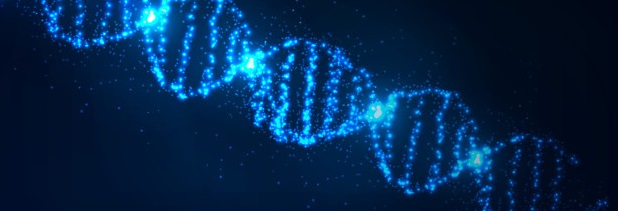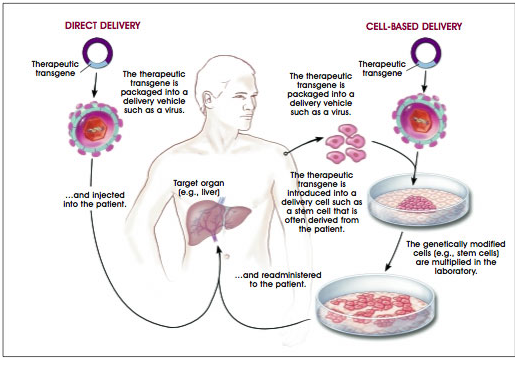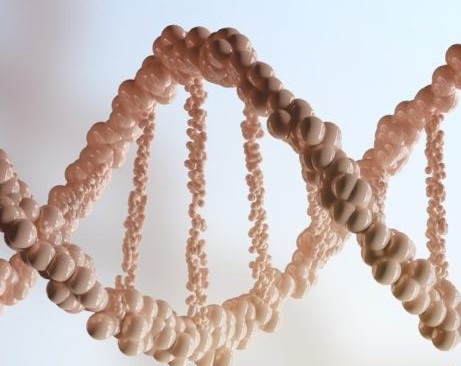In vivo delivery for gene therapy can also be called a direct delivery protocol for the transfer or introduction of a functional (therapeutic) gene to replace an abnormal gene in vivo. In vivo delivery for gene therapy is the gene therapy technique that delivers DNA, RNA or therapeutic protein directly into the cell or tissue of an organism.
Desired or therapeutic genes are delivered in this technique through the genetic transfer method known as transduction. Transduction is the genetic process of transferring genes of interest from one cell to another using viruses or bacteriophages. It is usually achieved using viral vectors; and the delivery of desired gene into the cell of the recipient host using this technique is specific.
In vivo gene therapy is the most feasible strategy for delivering desired genes or DNA into the cell or tissues. The cells of the body targeted by in vivo gene therapy include those of the brain, lungs, blood vessels, liver and muscle cells.
In vivo gene delivery to a particular organ of the body is usually achieved through the catheterization of that organ by surgical approaches that employ invasive medical devices and other advanced medical techniques that ensure that the desired gene is delivered properly.
Some in vivo gene therapy techniques may also be guided by computerized techniques that ensure the delivery of the desired genes or therapeutic DNA to target host cells where they are expected to efficiently repair a mutant DNA or gene. Though finding an efficient delivery system for gene therapy may still not be possible; viruses are the best vectors for in vivo gene therapy because viral particles or viruses are efficient in transducing (i.e. transforming) host cells.
And this is because viruses have a history of penetrating host cells and transforming same by inserting their own genome into target host cells, a phenomenon that gives them an edge over other means of delivering therapeutic genes. Most of the viruses used for in vivo gene therapy are “harmless viruses” that have been attenuated and made to lose their virulence so that they do not become pathogenic when used as vectors to deliver therapeutic genes to host cells.
Examples of viruses considered for in vivo gene therapy include:
- Adenoviruses (adenoviral vectors),
- Retroviruses (retroviral vectors), and
- Adeno-associated viruses (AAVs) or viral vectors amongst others.
The virulence genes of these viruses have been altered and made apathogenic, and they are used to deliver therapeutic DNA or genes into a target host cell. The viral vector can be given intravenously or injected directly into a specific tissue in the host body, where it is then taken up by individual target cells that will be transformed and made to start secreting the correct type of proteins or enzymes they encode.
However, the use of viruses for in vivo gene therapy has some safety concerns that limit their usage for gene delivery. The viral particles used for in vivo gene therapy (though apathogenic or non-virulent) may become pathogenic on entering the host’s body, and the viruses may cause other adverse reactions in the individual taken the gene therapy.
References
Alberts B, Bray D, Johnson A, Lewis J, Raff M, Roberts K and Walter P (1998). Essential Cell Biology: An Introduction to the Molecular Biology of the Cell. Third edition. Garland Publishing Inc., New York.
Dale J (2003). Molecular genetics of bacteria. Jeremy W. Dale and Simon Park (4th eds.). John Wiley & Sons Ltd, West Sussex, UK.
Edelstein, M. L., Abedi, M. R., Wixon, J., and Edelstein, R. M. (2004). Gene therapy clinical trials worldwide 1989-2004—an overview. J Gene Med, 6: 597-602.
Ferrua, F.; Brigida, I.; Aiuti, A. (2010). Update on gene therapy for adenosine deaminase-deficient severe combined immunodeficiency. Current Opinion in Allergy and Clinical Immunology. 10 (6): 551–556.
Gardlík R, Pálffy R, Hodosy J, Lukács J, Turna J, Celec P; Pálffy; Hodosy; Lukács; Turna; Celec (2005). Vectors and delivery systems in gene therapy. Med Sci Monit. 11 (4): RA110–21.
Horn PA, Morris JC, Neff T, Kiem HP; Morris; Neff; Kiem (2004). Stem cell gene transfer—efficacy and safety in large animal studies. Mol. Ther. 10 (3): 417–31.
S Li and L Huang (2000). Nonviral gene therapy: promises and challenges. Gene Therapy, 7:31-34. www.nature.com/gt
Salmons B, Günzburg WH; Günzburg (1993). Targeting of retroviral vectors for gene therapy. Hum Gene Ther. 4 (2): 129–41.
Sambrook, J., Russell, D.W. (2001). Molecular Cloning: a Laboratory Manual, 3rd edn. Cold Spring Harbor Laboratory Press, New York.
Sheridan C (2011). Gene therapy finds its niche. Nature Biotechnology. 29 (2): 121–128.
Vannucci, L; Lai, M; Chiuppesi, F; Ceccherini-Nelli, L; Pistello, M (2013). Viral vectors: A look back and ahead on gene transfer technology. The new microbiologica. 36 (1): 1–22.
Discover more from Microbiology Class
Subscribe to get the latest posts sent to your email.





